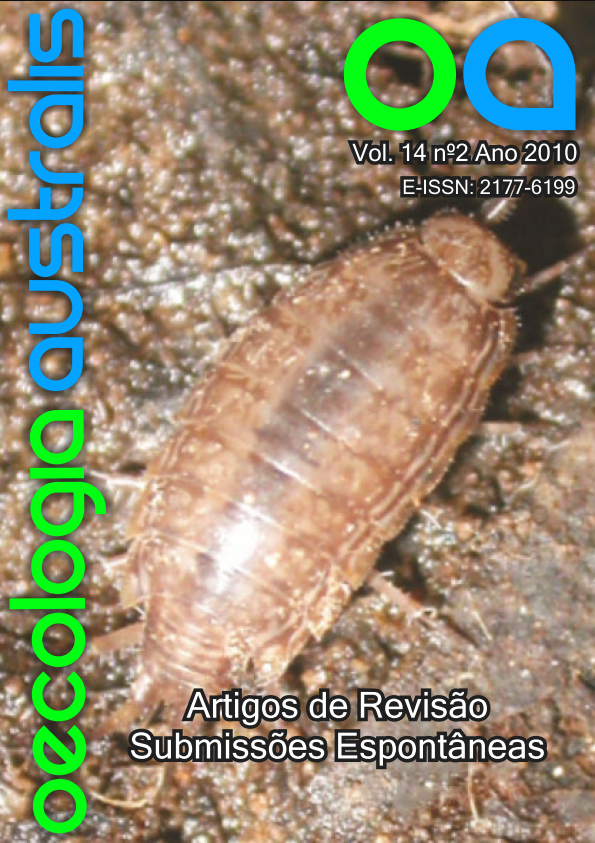DYNAMICAL ASSEMBLY MODELS
Keywords:
Community dynamics, mathematical and computational models, theoretical ecology, interactions, emergent properties.Abstract
The structure of an ecological community is shaped by several temporally varying mechanisms. Such mechanisms depend in a large extent on species interactions, which are themselves manifestations of the community's own structure. Dynamics and structure are then mutually determined. The assembly models are mathematical or computational models which simulate the dynamics of ecological communities resulting from a historical balance among colonizations and local extinctions, by means of sequential species introductions and their interactions with resident species. They allow analyzing that double relationship between structure and dynamics, recognizing its temporal dependence. It is assumed two spatiotemporal scales: (i) a local scale, where species co-occur and have their dynamics explicitly simulated and (ii) a regional scale without dynamics, representing the external environment which the potential colonizers come from. The mathematical and computational models used to simulate the local dynamics are quite variable, being distinguished according to the complexity mode of population representation, including or not intra or interspecific differences. They determine the community state, in terms of abundances, interactions, and extinctions between two successive colonization attempts. The schedules of species introductions also follow diverse (although arbitrary) rules, which vary qualitatively with respect to species appearance mode, whether by speciation or by immigration, and quantitatively with respect to their rates of introduction into the community. Combining these criteria arises a great range of approaches for assembly models, each with its own limitations and questions, but contributing in a complementary way to elucidate the mechanisms structuring natural communities. To present such approaches, still incipient as research fields in Brazil, to describe some methods of analysis and to discuss the implications of their assumptions for the understanding of ecological patterns are the objectives of the present review.


